Business analysis has taken a paradigm shift in the last few years with the innovative approaches of best business analysis techniques. The sole purpose of these techniques is to get the best outcome as a business solution.
Moreover, it is not that the best business analysis techniques are used throughout the project. It could be applicable for a specific phase of a project like at the beginning of the project or when the project is over. In addition to that, not that all the best business analysis techniques are applicable for all projects. They are project specific and used for particular purposes.
Also Read: List of 10 Best Business Analysis Tools
List of Best Business Analysis Techniques
However, as a business analyst or a professional who wants to pursue a business analyst career, it is required to know about some of those best business analysis techniques. Hence, in this blog, we will discuss 10 most popular business analysis techniques that are widely used in the industries.
1. SWOT Analysis
The term SWOT stands for its four elements–
- S- Strength
- W- Weakness
- O- Opportunities
- T- Threats
It is a thorough analysis conducted by a business analysis considering
- The internal factors as Strength and Weakness
- The external factors as Threats and Opportunities
SWOT analysis is a four-quadrant analysis for a business analyst where he places the data as the answers for each quadrant. A business analyst answers the questions under each of the quadrants.
Advantage:
SWOT analysis is one of the most popular business analysis techniques followed in the industry. Furthermore, it is easy. It is an enterprise level analysis technique and not only limited to business analysis. It could be used at any stage of the project if the unit needs it and most of the people know it. Hence, it is widely used in the industry.
2. MOST Analysis
The term MOST stands for its four elements –
- M-Mission
- O-Objective
- S-Strategy
- T-Tactics
MOST analysis is a powerful business analysis framework and among the best business analysis techniques using which the business analysts analyze what an organization does and plans to achieve the goal and what it should do to maintain strategic alignment. Hence, MOST analysis is a clear way to understand an organization on its ability and purpose.
Now, let’s explain each of the factors with their purposes.
Mission: This is the most critical factor for an organization which defines its purpose and the goals it wants to achieve in the future. If the mission is specific, then it is easier to analyze and measure the remaining factors.
Objectives: We can consider objectives as a collection of goals which as an accumulated result in the mission of the organization. Moreover, Objectives must be S.M.A.R.T –
- S- Specific
- M-Measurable
- A-Achievable
- R-Realistic
- T-Timely
Strategy: This is the steps or actions that an organization takes to achieve the objectives and finally to accomplish the mission. A strategy is a group of tactics.
Tactics: These are the discrete and straightforward methods which an organization follows to carry out the strategies.
Advantage:
MOST analysis is a structured business analysis technique followed by every working level in an organization from the top to down. The process ensures that an organization retains focus on the mission which is the critical factor for the success of an organization.
Also Read: Top 5 Business Analysis Certifications
3. Business Process Modelling (BPM)
Business Process Modelling is all about process improvement. It is a legacy process, however, often used as a business analysis technique during the analysis phase of a project to understand or analyze the gaps between existing business process and future business process that business is opting for.
As per the International Institute of Business Analysis (IIBA), business analysts perform the below tasks in a BPM project :
- Strategic planning
- Business Model Analysis
- Defining process and design it
- Technical Analysis for complex business solutions
Usually, BPM is represented in a diagrammatic way where process, decisions, and information are represented as a sequential workflow. There are two types notations used for BPM diagrams –
- BPMN – Business Process Modeling Notation
- UML – Unified Modelling Language Activity Diagram
Advantage:
BPM technique is an easy way to logically represent how a business process will operate by different roles. Moreover, it is one of the best business analysis techniques recognized in the industry, especially in IT industry. Hence, people can easily visualize the sequential steps of the execution process. This, in turn, helps to make complex business analysis more straightforward to perform for a business analyst.
Preparing for ECBA certification exam? Here is the comprehensive preparation guide for ecba certification exam.
4. Use Case Modelling
Use case modelling is the technique to pictorially illustrate how the business functions should work in a proposed system through user interactions. This is mainly used in software development project and in the design phase to transform business requirements into functional specifications within an existing development project. There are different tools used to draw UML diagrams such as Microsoft Visio, IBM’s Rational Rose, etc.
The primary components of use case modelling in a UML diagram are –
- System – The outline of the diagram is represented as the system. In the above diagram, the rectangular box is depicted as the Timesheet management system.
- Use case – In a UML diagram UML case is represented by an oval shape, and an individual use case represents a single functionality. In the above example Create tome sheet entry, Validate time sheet, Save draft, etc. are separate functionalities that are executed as part of Timesheet management process. As per the convention, every action in the use case is represented using an active verb
- Actors – The human-like shape in the diagram represents the user who is associated with the use case or functionality. They are not part of the process. Hence, we represent them outside the rectangular box.
- Association- An actor’s interaction with the system via use cases is known as an association. In the above diagram, we can see the Employee and Manager both the actors are interacting with the system through different use cases.
- Stereotypes- The relationships between the use cases are known as Stereotypes. There are two types of Stereotypes –
-
- <<uses>>
- <<extends>>
Advantage:
The UML Use Case Diagram is a very useful Business Analysis technique to clarify and demonstrate the scope of functionality. A Business Analyst must emphasize much more on the key functional areas. Hence, proper actor interactions using the UML Use Case Diagram help in this process. A UML diagram helps to get the original functional requirements with the business which is more important from the Business Analysts point of view.
5. Brainstorming
This is a group activity and one of the most popular business analysis techniques among the business analysts. This is a very creative technique where a group activity is performed to generate ideas, root cause analysis and proposing solutions for the problems. Not to mention Brainstorming works as an underlying technology for other business analysis techniques including SWOT analysis, PESTLE analysis, etc.
6. Non-functional Requirement Analysis
This business analysis technique is used when a technology solution is changed. For example migration from one technology to another which enforces builds from scratch. In this type of analysis technique, a business analyst mainly focuses on system performance and data storage requirements to measure the performance factors of the proposed system for live data. Non-functional requirement analysis is performed during the Analysis phase of a project and implemented during the Design phase.
Non-functionality requirements can be of various types for example:
- Performance
- Security
- Logging
- Reliability
Advantage:
This is the easiest and one of the best business analysis techniques. Moreover; it has importance as without this analysis obtaining an intended result is relatively impossible.
7. PESTLE Analysis
There are always environmental factors which influence business in its strategic planning. These key factors are commonly known as PESTLE which stands for –
- P- Political
- E – Economic
- S – Social
- T – Technological
- L- Legal
- E – Environmental
Each of the factors mentioned above has influences in making a business decision final. Hence, analyzing such key drivers is an important task of a business analyst.
In the above picture, we have highlighted some of the key factors which drive the PESTLE parameters. Hence, the task of a business analyst is to apply PESTLE analysis technique to understand and identify the factors within the environment of the organization operates and analyze how those PESTLE factors will influence the future performance of the organization.
Advantage:
PESTLE is a simple and easy framework for business analysis which involves cross-functional skills of a business analyst along with his expertise. With an effective PESTLE analysis, we can reduce the potential threats of an organization. Moreover, it opens up the scopes to exploit the opportunities for entering into new markets globally.
To have a bright business analysis career, it is important to choose the right certification. Check out the ultimate guide to Business Analysis Certifications here.
8. Requirement Analysis
Requirement analysis is a part of the project lifecycle, and it usually starts at the stage when business stakeholders propose a solution. As part of requirement analysis technique, a business analyst needs to conduct interviews to understand the intention of requirements which include –
- Questions
- Captures
- Interprets
- Workshops
Advantage:
Though requirement analysis is an informal business analysis technique almost in every project, it turns out important. Without a proper requirement analysis, a project cannot perform the right design and development. Hence, it could be considered as the most important phase of a project. Moreover, it elicits direct stakeholders involved in the project which becomes useful in a later point in time.
9. User Stories
This is a modern business analysis technique mostly used in the Agile model where there is a need for iterations for requirement gathering, designing and building a project. In this technique, requirements are collected from end users point of views to build the best solution.
Advantage:
As the requirements are analyzed from the users perspective, hence, the outcome of such an analysis is very much user-focused and highly effective.
10. CATWOE
CATWOE is a generic thinking way for business analysis to understand what a business is trying to achieve. It identifies what the problem areas are and how the solution will impact the business and its associated people.
CATWOE is an acronym for
- Clients
- Actors
- Transformation
- Weltanschauung or World View
- Owner
- Environmental Constraints
Advantage:
The CATWOE analysis brings up the different stakeholders’ perceptions on a common platform. Hence, it provides a holistic understanding regarding assumption, the integrity of the data, ethical angle. It helps a business analyst to prioritize different perspectives depending on its merits.
Try Now:
Conclusion
To conclude, all the techniques mentioned above are useful and must be known to a business analyst who wants to practice best business analysis techniques. Moreover, these techniques are emphasized explicitly in any industry recognized business analysis certification like CCBA, ECBA, CBAP, and PMI-PBA.
At Whizlabs we provide the training solutions for the certifications mentioned above, we thoroughly guide the test takers on these best business analysis techniques with examples and case studies. These guides help to assess and solve the business problems asked in the exams using the techniques mentioned above.
Hence, join our course and learn more on the best business analysis techniques with real-time scenarios.
Want to know more about business analysis techniques? Just put your query in the comment box and we’ll be happy to help you.
- Top 10 Highest Paying Cloud Certifications in 2024 - March 1, 2023
- 12 AWS Certifications – Which One Should I Choose? - February 22, 2023
- 11 Kubernetes Security Best Practices you should follow in 2024 - May 30, 2022
- How to run Kubernetes on AWS – A detailed Guide! - May 30, 2022
- Free questions on CompTIA Network+ (N10-008) Certification Exam - April 13, 2022
- 30 Free Questions on Microsoft Azure AI Fundamentals (AI-900) - March 25, 2022
- How to Integrate Jenkins with GitHub? - March 22, 2022
- How to Create CI/CD Pipeline Inside Jenkins ? - March 22, 2022

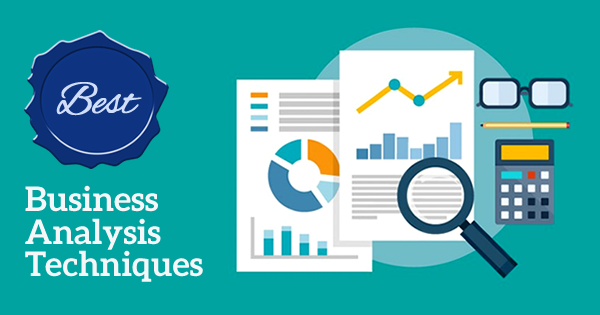

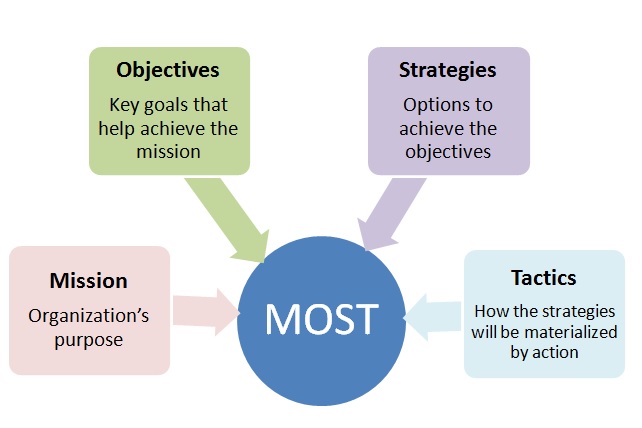
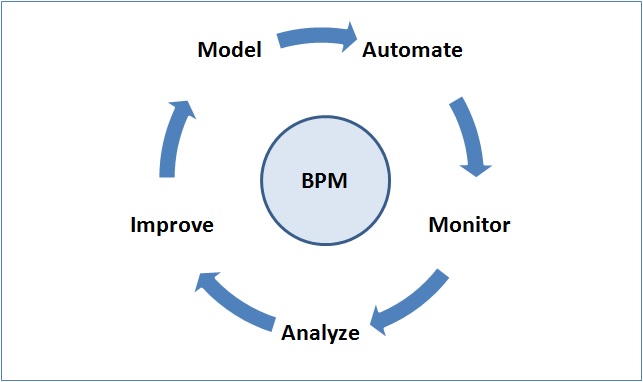
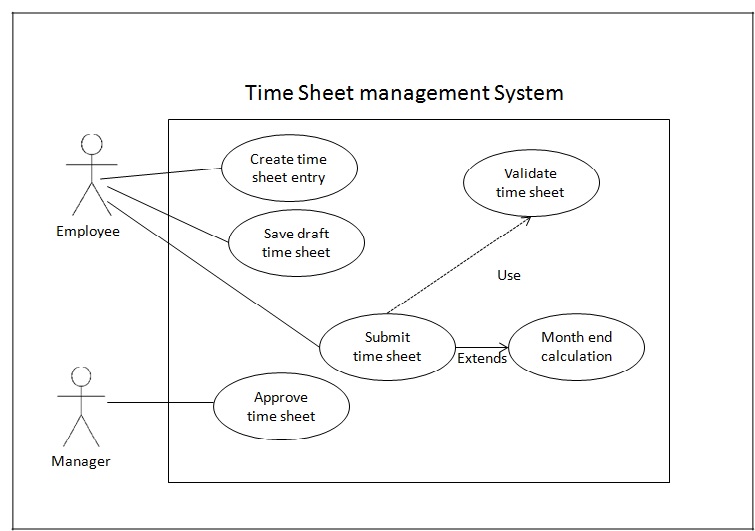
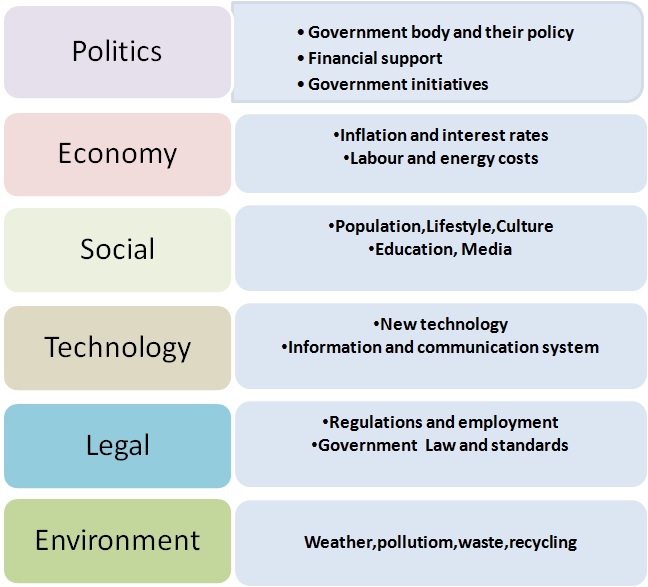
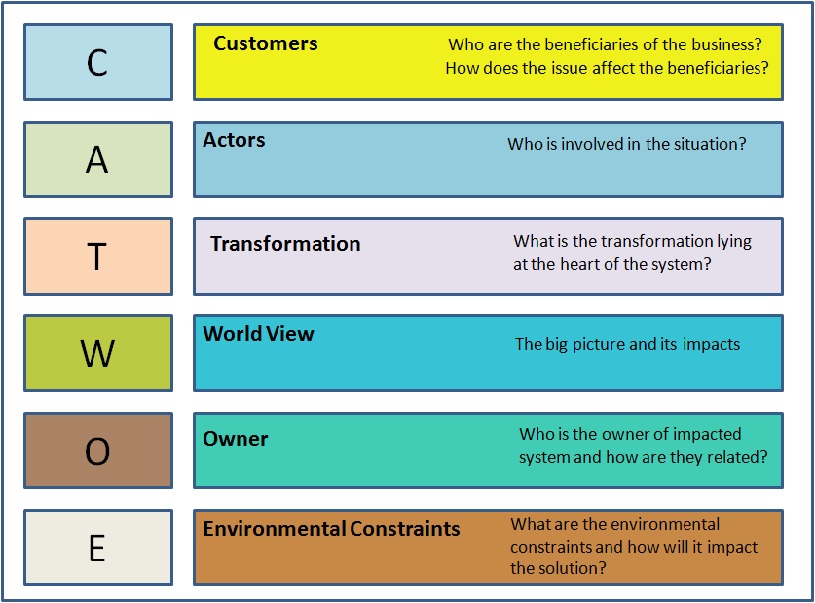

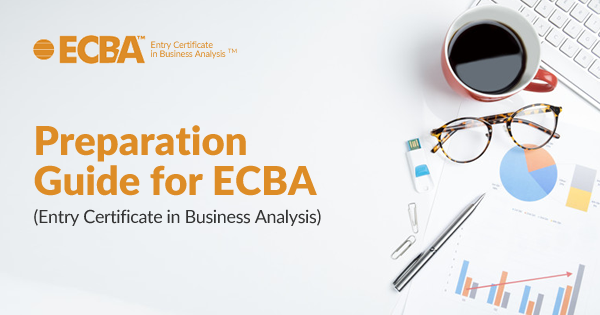
So this is nice
Hi
I’m preparing for my BCS ba foundation course could you guide me.
Thank you.
This helped me alot
Very useful all business analyst freshers
very very nice your information
I would.like to.learn more
On all occasions, there are better solutions waiting for us to be found if we do subtle analysis with sharp- witted minds.
Prof.Salam Al Shereida.
There are very recent analytical models in this field that I have followed with Prof Salam in some of his programs and I hope that I have the opportunity to write about them.
Thank you so much.
Quite insightful & focused information. Could you please elucidate a bit about Risk Analysis,Impact Analysis & Gap Analysis .
it was really great to know about these things. thanks for sharing this.
Very useful information business analyst
Nice list of techniques but the <> relationship in the use case diagram is a bit suspect.
a very useful business analysis techniques in marketing
This is really great. Thank You